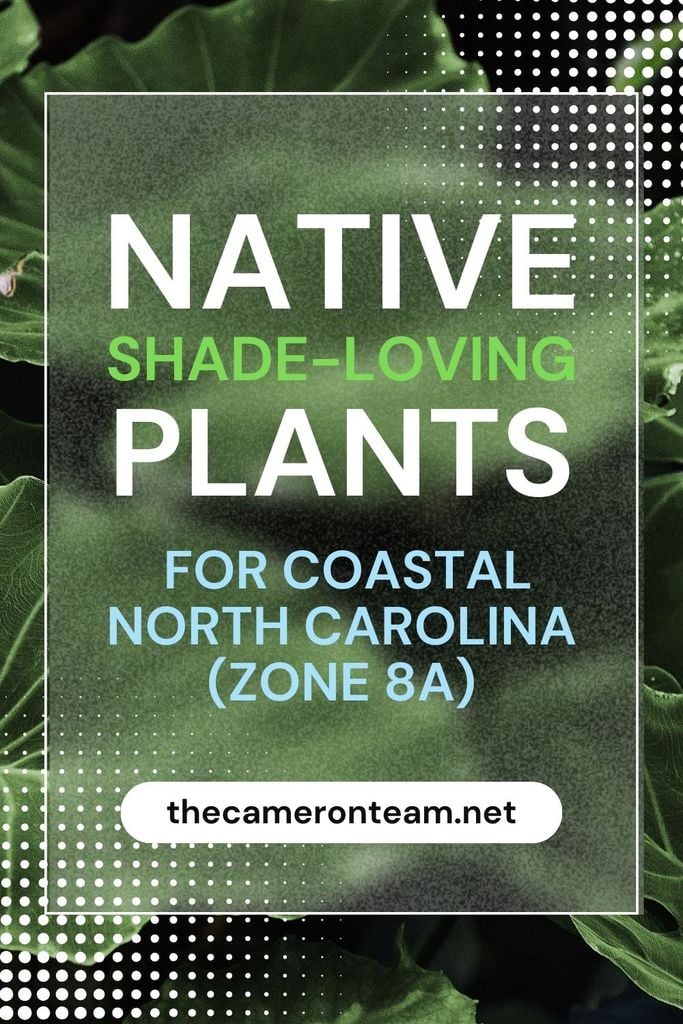Creating a serene and vibrant garden in the shaded areas of Coastal North Carolina, which falls under the USDA hardiness gardening zone 8a, can be a delightful endeavor. This region, known for its humid subtropical climate, presents a unique opportunity for gardening enthusiasts to cultivate a variety of shade-loving plants that are native to North Carolina.
Please note: The Cameron Team has not been paid or received any other compensation to include any of the products featured on this post, but the author has included affiliate links and content. If you click on a link, they may earn a commission – a high-five for great content!
Embracing the Canopy: The Beauty of Shade Gardens
Shade gardens have a certain enchantment, providing a cool retreat during the warmer months. In Coastal North Carolina, where the sun can be intense, creating a garden that thrives under a canopy of trees or in the shadow of structures can be both a challenge and a joy. The key is selecting the right plants that are adapted to the local environment.
Native Plants for Shade: A Natural Choice
Native plants are the most suitable candidates for shade gardens for several reasons. They are well-adapted to the local soil, climate, and the ebbs and flows of the coastal weather patterns. They also require less maintenance and are more resistant to local pests and diseases. Here’s a list of native plants that are ideal for shady spots in your garden:
Ferns: The Lush Understory
- Christmas Fern (Polystichum acrostichoides): This evergreen fern adds a touch of greenery year-round. It’s drought-tolerant once established and works well in mass plantings.
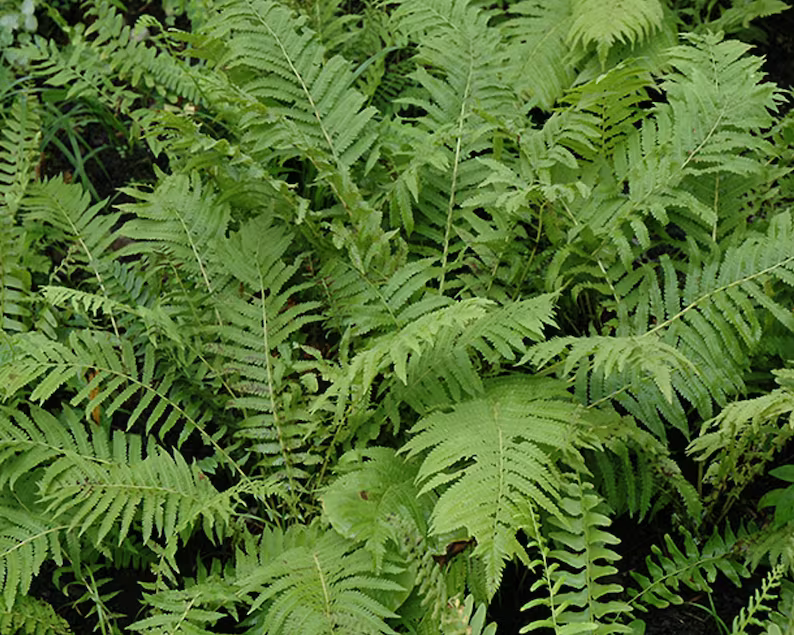
SingingSatyrGarden – Christmas Fern, Polystichum acrostichoides
- Maidenhair Fern (Adiantum pedatum): With its delicate, fan-shaped leaves and slender, black stems, the Maidenhair Fern provides a touch of elegance to any shade garden.

ScenicHillFarm – Northern Maidenhair Fern, Adiantum pedatum
Wildflowers: A Burst of Color
- Bloodroot (Sanguinaria canadensis): An early spring bloomer, Bloodroot’s white flowers with golden centers brighten up the shade garden before the canopy fills in.
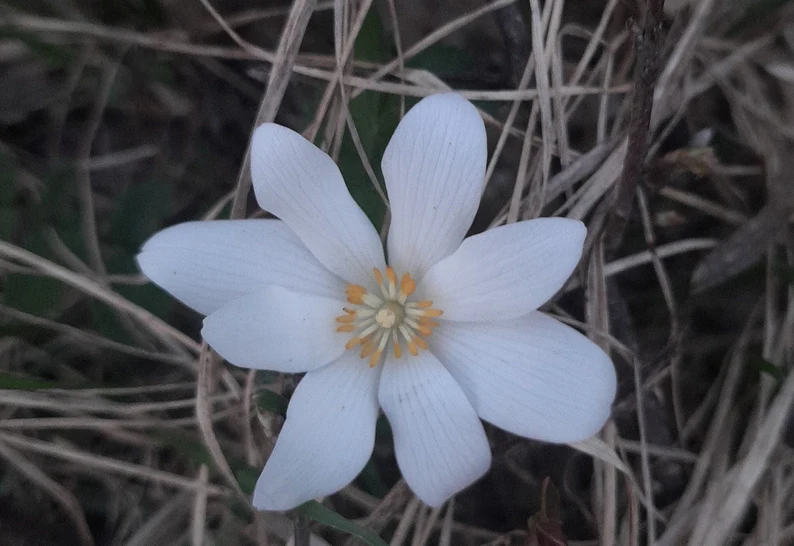
TrenaryGardens – Bloodroot, Sanguinaria canadensis
- Cardinal Flower (Lobelia cardinalis): For a pop of color, the striking red spikes of the Cardinal Flower are a magnet for hummingbirds and butterflies.

BlazingStarButterfly – Cardinal Flower, Lobelia cardinalis
Shrubs: Structure and Form
- American Holly (Ilex opaca): This classic evergreen offers not only structure but also a habitat for birds with its red berries.

Mike’s Plants – American Holly, Ilex opaca
- Oakleaf Hydrangea (Hydrangea quercifolia): With its large, lobed leaves and showy blooms, the Oakleaf Hydrangea is a standout in the shade.
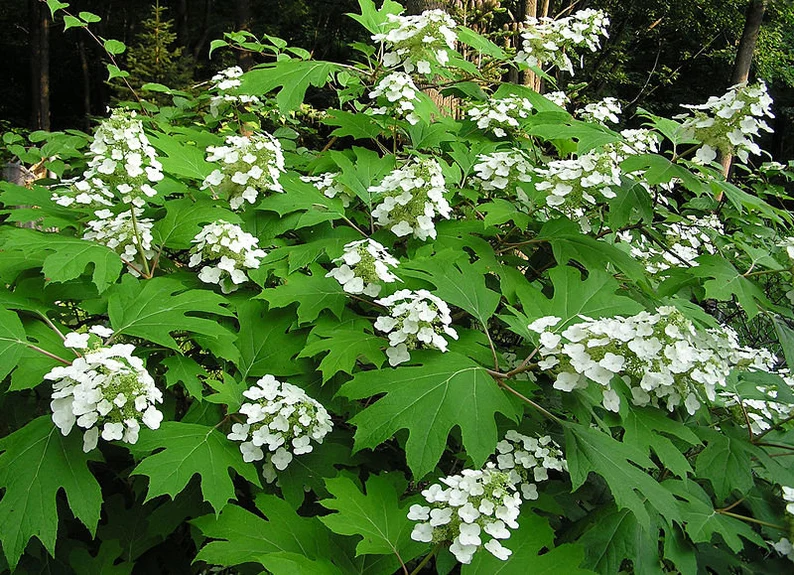
NativeEcoScaping – Oak Leaf Hydrangea, Hydrangea quercifolia
Groundcovers: Filling in the Gaps
- Partridgeberry (Mitchella repens): A lovely, low-growing evergreen that spreads to form a dense carpet, featuring small, fragrant white flowers.
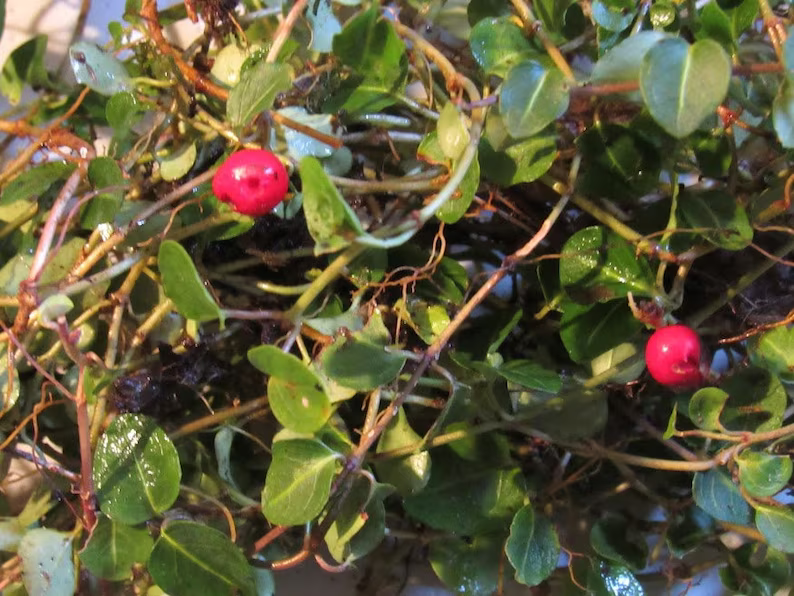
Star Hill Treasures – Partridgeberry, Mitchella repens
- Green-and-Gold (Chrysogonum virginianum): This charming groundcover brightens up the shade with its yellow, daisy-like flowers throughout spring and summer.
Cultivating a Shade Garden in Coastal North Carolina
When designing a shade garden, it’s essential to consider the varying degrees of light. Some areas may receive filtered light, while others might be in deep shade. Layering plants of different heights and textures can create depth and interest.
Soil and Mulch: The Foundation of Health
The sandy soil of Coastal North Carolina can be amended with organic matter to improve water retention and nutrient content. Mulching with pine straw or chopped leaves can help conserve moisture, suppress weeds, and provide a natural look.
Watering: An Art and Science
Native plants are generally more drought-tolerant, but establishing a new garden requires regular watering. Once established, these natives will be more resilient but will still appreciate extra water during prolonged dry spells.
Coexisting with Wildlife
Embracing native plants not only enhances the beauty of your garden but also supports local wildlife. Birds, butterflies, and beneficial insects all benefit from the habitat provided by native flora.
Conclusion: A Reflection of the Coastal Landscape
A shade garden filled with native plants is more than just a garden; it’s a celebration of the natural heritage of Coastal North Carolina. By choosing plants that are adapted to the local environment, you create a space that is both beautiful and sustainable. As real estate professionals in the area, we recognize the value that a well-designed landscape adds to a property. It’s an investment in the beauty and ecological health of our community.
In Coastal North Carolina, the harmonious blend of sandy shores, coastal breezes, and verdant woodlands can be mirrored in your backyard. With a thoughtfully designed shade garden, your outdoor space can become a tranquil sanctuary that reflects the unique charm of our coastal region. Whether you’re a seasoned gardener or a novice starting your first shade garden, incorporating native plants is a decision that benefits not only your own slice of paradise but also the broader ecosystem of which we are all a part.



